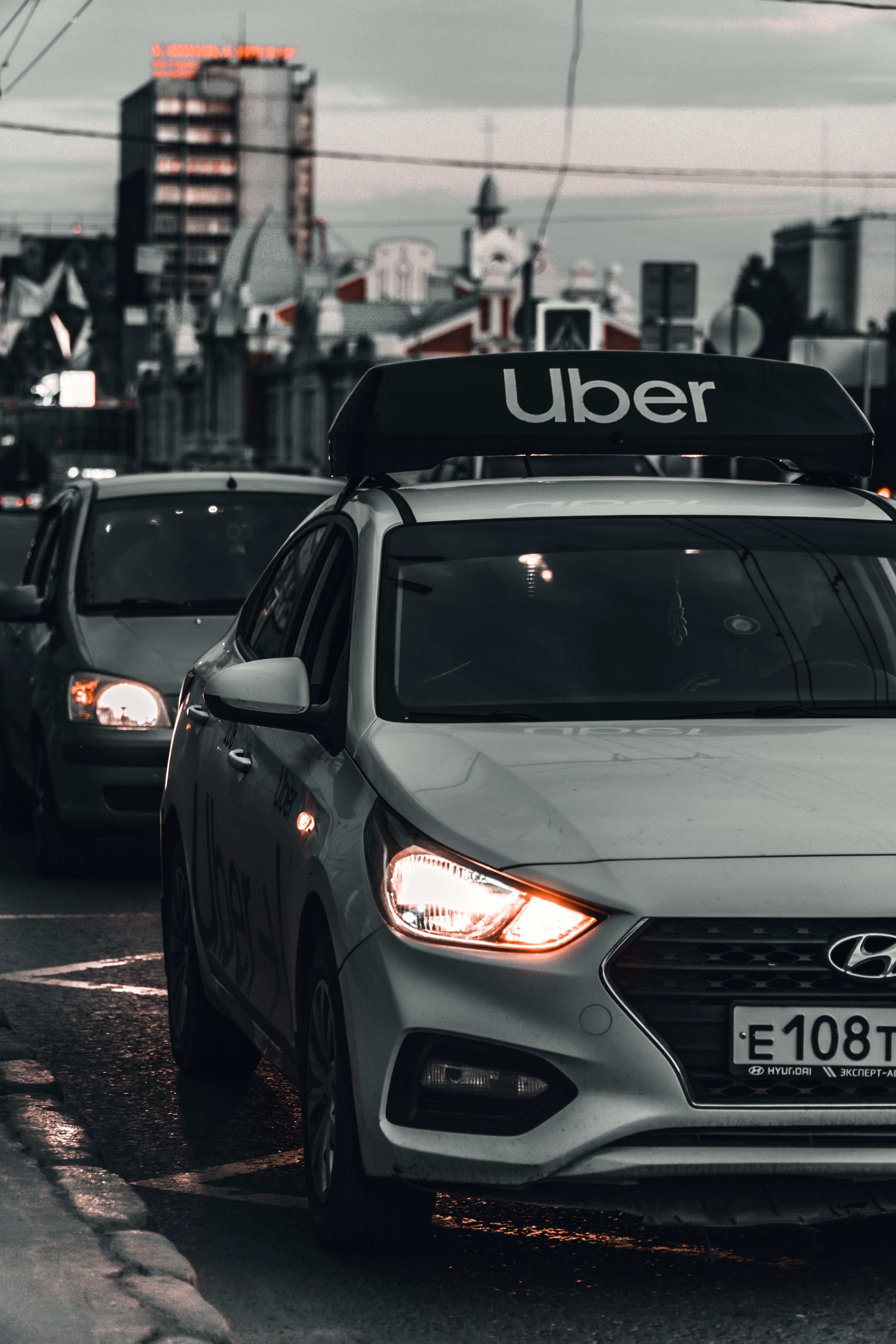A closer look: Uber Technologies (UBER)
Sep 21, 2022

Holding Name: Uber Technologies Inc. (UBER)
Strategy: Flagship
Percent weighting of strategy: ~1.8%
TLDR: Uber (UBER) executed on their promise from earlier this year to become profitable and self-fund future growth. Given its market leading positions, large addressable markets (e.g., mobility only accounts for 1% of global miles), and strong operating leverage, we believe the company has a long runway of growth, that has yet to be appreciated by the capital markets.
Business overview: The global ride-sharing application, founded in 2009, has disrupted modern transportation as we know it and at one point grew to become the highest-valued private startup company in the world.
The company functions as a multi sided platform business model and focuses on two main business segments: mobility and delivery. In tandem, the two verticals have been able to drive growth, lower customer acquisition costs and create a product that users adore.
Why we own it:Uber executed on the back of last quarter’s commitment of prioritizing profitability for the company’s operating model. The company has delivered better-than-expected EBITDA as a result of operating leverage, improved driver supply (even with fewer incentives), and a rationalizing competitive environment. The better-than-expected margin improvement reinforces our view of Uber's free-cash-flow inflection, and the relative outperformance vs. peers highlights the solid execution of the management team.
Management stated that the quarter marks a new phase for the company and its ability to self-fund future growth, an encouraging sign for shareholders.
What’s the latest: Mobility continues to shine as gross bookings for their mobility vertical came in higher than expected as driver supply continues to improve (up 76% year-over-year in the second quarter). Uber Reserve currently operates at a $2 billion run rate and is the company’s fastest growing product. This higher margin service is already single-digit percentages of total trips in regions where the product has been launched. Additionally, surge times decreased to 14% of trips while wait times decreased to 4.5 minutes, both improvements for the company.
Delivery gross bookings came in lower than consensus but more importantly, EBITDA came in well above estimates. EBITDA margin continues to improve due to increased density, tweaks to the courier algo (decreasing cost per transaction), and rationalizing spend across competitors. Lastly, users that shop using their new delivery verticals are stickier and spend with more frequency compared to those that do not, an encouraging sign for delivery unit economics and user growth.
Sign posts moving forward: Our thesis continues to track and we are underwriting high teen IRRs on conservative assumptions that take into account weaker demand due to macro uncertainty. We plan to monitor consumer demand as a changing macro environment may have an impact on user preferences. We will continue to pay very close attention to the company’s ability to generate free cash flow (guiding $4bn in free-cash-flow by 2024) and EBITDA growth ($5bn by 2024). These metrics will be imperative for investor confidence and operational efficiency.
The content contained in this material is intended for general informational purposes only and is not meant to constitute legal, tax, accounting, solicitation of an offer, or investment advice.
Cash Management
© Copyright 2024 Titan Global Capital Management USA LLC. All Rights Reserved.
Titan Global Capital Management USA LLC ("Titan") is an investment adviser registered with the Securities and Exchange Commission (“SEC”). By using this website, you accept and agree to Titan’s Terms of Use and Privacy Policy. Titan’s investment advisory services are available only to residents of the United States in jurisdictions where Titan is registered. Nothing on this website should be considered an offer, solicitation of an offer, or advice to buy or sell securities or investment products. Past performance is no guarantee of future results. Any historical returns, expected returns, or probability projections are hypothetical in nature and may not reflect actual future performance. Account holdings and other information provided are for illustrative purposes only and are not to be considered investment recommendations. The content on this website is for informational purposes only and does not constitute a comprehensive description of Titan’s investment advisory services.
Please refer to Titan's Program Brochure for important additional information. Certain investments are not suitable for all investors. Before investing, you should consider your investment objectives and any fees charged by Titan. The rate of return on investments can vary widely over time, especially for long term investments. Investment losses are possible, including the potential loss of all amounts invested, including principal. Brokerage services are provided to Titan Clients by Titan Global Technologies LLC and Apex Clearing Corporation, both registered broker-dealers and members of FINRA/SIPC. For more information, visit our disclosures page. You may check the background of these firms by visiting FINRA's BrokerCheck.
Various Registered Investment Company products (“Third Party Funds”) offered by third party fund families and investment companies are made available on the platform. Some of these Third Party Funds are offered through Titan Global Technologies LLC. Other Third Party Funds are offered to advisory clients by Titan. Before investing in such Third Party Funds you should consult the specific supplemental information available for each product. Please refer to Titan's Program Brochure for important additional information. Certain Third Party Funds that are available on Titan’s platform are interval funds. Investments in interval funds are highly speculative and subject to a lack of liquidity that is generally available in other types of investments. Actual investment return and principal value is likely to fluctuate and may depreciate in value when redeemed. Liquidity and distributions are not guaranteed, and are subject to availability at the discretion of the Third Party Fund.
The cash sweep program is made available in coordination with Apex Clearing Corporation through Titan Global Technologies LLC. Please visit www.titan.com/legal for applicable terms and conditions and important disclosures.
Cryptocurrency advisory services are provided by Titan.
Information provided by Titan Support is for informational and general educational purposes only and is not investment or financial advice.
Contact Titan at support@titan.com. 508 LaGuardia Place NY, NY 10012.